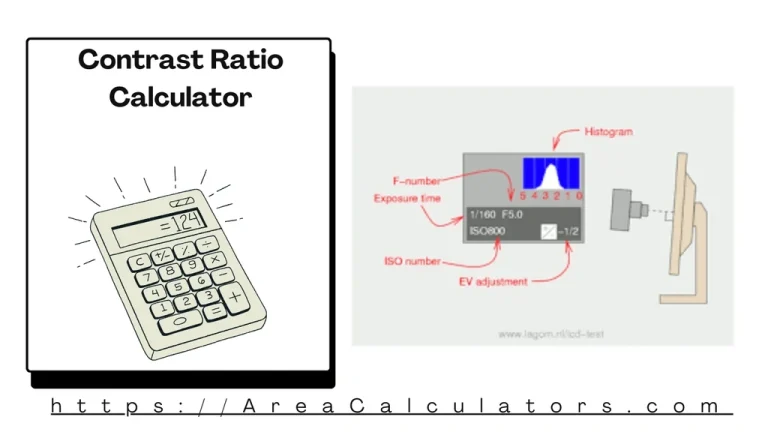Welding Machine Load Calculator
To calculate the load of a welding machine, multiply the machine’s power consumption by the operation time in hours and divide by 1,000 to convert to kilowatt-hours (kWh).
The Welding Machine Load Calculator is an essential tool for welders and professionals to estimate the power consumption of welding machines. Understanding machine load is crucial for managing energy costs, optimizing efficiency, and ensuring the welding equipment’s safe operation.
This calculator simplifies load estimations for various types of welding machines, including MIG, TIG, and arc welders, helping you make informed decisions in industrial or personal welding projects.
Formula
WML = P ∗ T / 1000
| Variable | Description | Unit |
|---|---|---|
| WML | Welding Machine Load | kWh |
| P | Power Consumption | Watts |
| T | Operation Time | Hours |
Solved Calculations
Example 1: Calculate the load of a 200A welding machine consuming 4,000 watts operating for 3 hours.
| Step | Calculation | Result |
|---|---|---|
| Multiply power by time | 4,000 ∗ 3 | 12,000 |
| Convert to kilowatt-hours | 12,000 / 1,000 | 12 kWh |
Example 2: Find the load of a 300A welding machine consuming 5,000 watts operating for 2.5 hours.
| Step | Calculation | Result |
|---|---|---|
| Multiply power by time | 5,000 ∗ 2.5 | 12,500 |
| Convert to kilowatt-hours | 12,500 / 1,000 | 12.5 kWh |
What is Welding Machine Load Calculator?
The Welding Machine Load Calculator is an essential tool designed to estimate the power load and energy requirements of welding machines based on specific operational parameters.
It is particularly beneficial for welders, workshop managers, and engineers to ensure optimal performance and energy efficiency while welding.
By inputting details such as current (in amps), voltage, and duty cycle, this calculator determines the power consumption and load capacity of machines like MIG, TIG, or arc welding machines.
For example, a 200-amp welding machine consumes different power compared to a 400-amp machine, and this calculator simplifies such complex estimations.
It also supports calculations for weld strength, transformer loads, and more, aiding in precise planning and cost control.
Additionally, advanced features like welding machine load calculator apps and Excel tools make it easy to track energy usage in real-time or prepare detailed reports for projects.
Whether you’re using a 300A welding machine or planning for large-scale welding operations, this tool offers accurate and reliable insights.
Final Words:
In summary, the Welding Machine Load Calculator streamlines the process of estimating welding power loads, ensuring efficiency and cost management. It’s an indispensable resource for welding professionals seeking accuracy and optimal machine performance.



